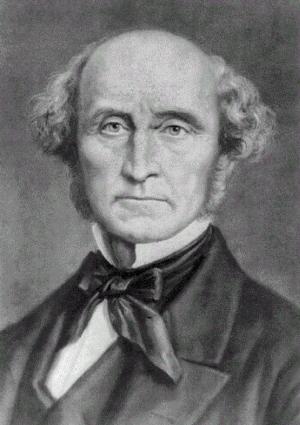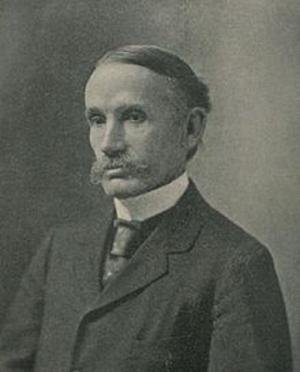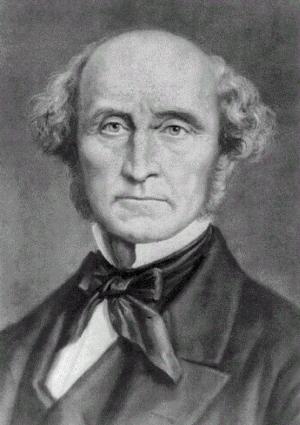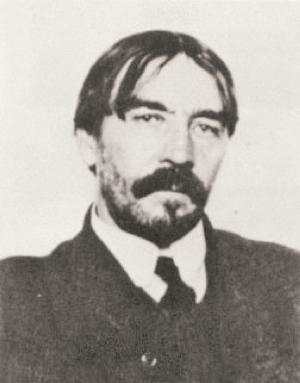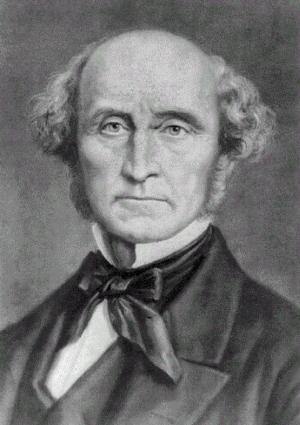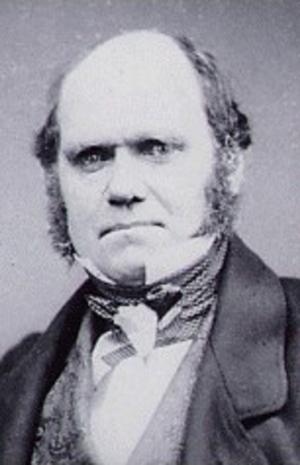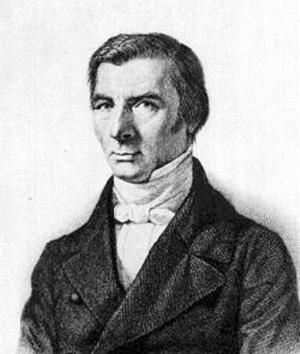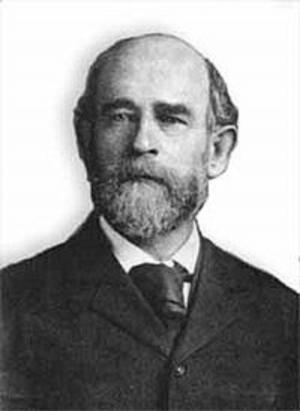An Essay on the Influence of a Low Price of Corn on the Profits: Full and Fine Text of 1815 Edition (Illustrated)
Business & Finance, Economics, Macroeconomics, Theory of Economics| Author: | David Ricardo | ISBN: | 1230000273571 |
| Publisher: | AS Team | Publication: | October 12, 2014 |
| Imprint: | Language: | English |
| Author: | David Ricardo |
| ISBN: | 1230000273571 |
| Publisher: | AS Team |
| Publication: | October 12, 2014 |
| Imprint: | |
| Language: | English |
The book has an active table of contents for easy access to each chapter.
David Ricardo made essential contributions to classical economics and has been called the most influential classical economist along with Adam Smith, Thomas Malthus, and John Stuart Mill. He contributed many aspects of the classic economics as the follows:
1) Labor theory of value.
2) Exchange value
3) Value in use
4) Rent
5) Accumulation of inequality
6) Protectionism
7) Comparative advantage
In addition to the theory of comparative advantage, Ricardo’s most important legacy is on the subjects of rent, profit, and wages. He is usually credited to lay out the foundation for the concept of Iron Law of Wages that wages naturally tend to a subsistence level. An Essay on Profits is one of the most important articles by David Ricardo to explain the relationships among profits, wages, and prices of foods. He argued in Essay on Profits, "Profits depend on high or low wages, wages on the price of necessaries, and the price of necessaries chiefly on the price of food."
Ricardo’s work also influenced Henry George, one of the great American economists. Henry George pioneered property tax concept through his book Progress and Poverty and influenced the profits of millions of American people.
David Ricardo was also one of those rare people who achieved both tremendous investing success and lasting fame. When he died, his estate was worth more than $100 million in today’s dollars. The path of value theory can be traced back to David Ricardo. Ricardo rooted the path continued by Benjamin Graham, Philip Arthur Fisher, and Warren Buffet.
This is a must-read book for people who are also interested in the deepest thoughts and views about the core economic subjects such as value, profit, wages, and prices by David Ricardo, one of the greatest thinkers on the planet.
The book has an active table of contents for easy access to each chapter.
David Ricardo made essential contributions to classical economics and has been called the most influential classical economist along with Adam Smith, Thomas Malthus, and John Stuart Mill. He contributed many aspects of the classic economics as the follows:
1) Labor theory of value.
2) Exchange value
3) Value in use
4) Rent
5) Accumulation of inequality
6) Protectionism
7) Comparative advantage
In addition to the theory of comparative advantage, Ricardo’s most important legacy is on the subjects of rent, profit, and wages. He is usually credited to lay out the foundation for the concept of Iron Law of Wages that wages naturally tend to a subsistence level. An Essay on Profits is one of the most important articles by David Ricardo to explain the relationships among profits, wages, and prices of foods. He argued in Essay on Profits, "Profits depend on high or low wages, wages on the price of necessaries, and the price of necessaries chiefly on the price of food."
Ricardo’s work also influenced Henry George, one of the great American economists. Henry George pioneered property tax concept through his book Progress and Poverty and influenced the profits of millions of American people.
David Ricardo was also one of those rare people who achieved both tremendous investing success and lasting fame. When he died, his estate was worth more than $100 million in today’s dollars. The path of value theory can be traced back to David Ricardo. Ricardo rooted the path continued by Benjamin Graham, Philip Arthur Fisher, and Warren Buffet.
This is a must-read book for people who are also interested in the deepest thoughts and views about the core economic subjects such as value, profit, wages, and prices by David Ricardo, one of the greatest thinkers on the planet.

